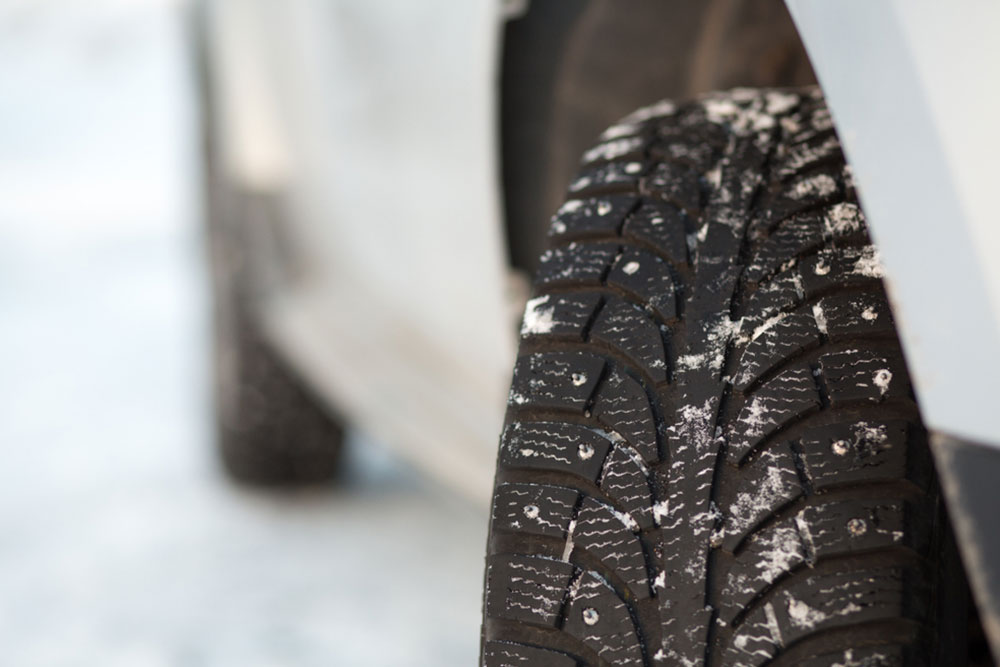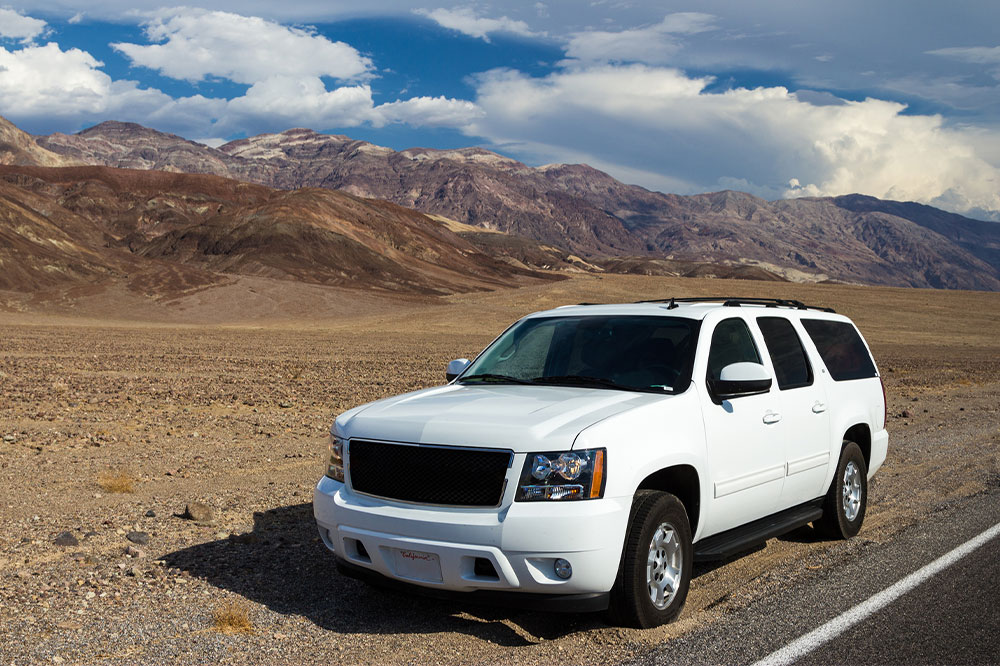Why Installing Winter Tires Enhances Vehicle Safety in Cold Seasons
Discover the vital advantages of winter tires that significantly enhance vehicle safety and performance during cold and snowy months. Learn about their construction, benefits in braking, traction, handling, and how they prevent hydroplaning, ensuring safer driving in challenging winter conditions. Top brands offering reliable winter tires are also highlighted, helping drivers make informed choices to protect themselves and others during winter — an essential investment for winter safety.

As automotive technology continues to advance, tire manufacturing has become increasingly sophisticated, catering to a wide array of weather conditions, terrains, and driving requirements. While many automobile owners opt for all-season tires to handle year-round driving, the importance of switching to dedicated winter tires during the cold months cannot be overstated. Especially in regions characterized by harsh winter climates, winter tires significantly improve vehicle safety, handling, and overall performance. This comprehensive guide delves into the critical advantages of using winter tires, explaining why they are an essential investment for safer driving when temperatures plummet and snow blankets the roads.
Understanding the Composition of Winter Tires
One of the primary reasons winter tires outperform all-season options in cold conditions lies in their specialized materials. These tires are constructed from unique rubber compounds that maintain their flexibility even at extremely low temperatures. Unlike standard tires, which tend to harden when temperatures drop below approximately 7°C (44.6°F), winter tires remain pliable and grip the road more effectively. This flexibility ensures continuous contact with icy, snowy, and cold surfaces, providing drivers with greater control, stability, and confidence. Notably, the rubber compounds in winter tires can retain their softness and elasticity at temperatures as low as -30°C (-22°F), a feat that significantly enhances traction and braking performance during winter storms.
Enhanced Braking and Reduced Skidding Risks
One of the most critical safety benefits of winter tires revolves around their superior braking capabilities. Slippery surfaces such as ice and snow greatly increase the risk of losing control during sudden stops. Standard tires tend to slip or hydroplane over snowy or icy patches, complicating braking efforts and raising the likelihood of accidents. In contrast, winter tires are engineered with specialized rubber compounds and unique tread patterns that offer outstanding grip on slick surfaces. This results in shorter stopping distances, enabling drivers to respond more swiftly to hazards. Furthermore, winter tires help prevent skidding and assist in recovering from slips, thereby improving overall safety on treacherous winter roads.
Hydroplaning Prevention and Better Water Displacement
Heavy snowfall often results in slushy and waterlogged roads, posing significant challenges for drivers. Water accumulation creates the danger of hydroplaning — when tires lose contact with the road surface due to a layer of water, leading to a loss of steering and braking control. Winter tires address this issue through their optimized tread designs, which incorporate deeper grooves and sipes (thin slits in the tread) that effectively channel water, slush, and snow away from the contact patch. This ability to displace water enhances traction and stability, reducing the risk of hydroplaning and ensuring safer driving in wet, snowy, or slushy conditions.
Superior Traction on Snow-Covered Surfaces
Driving in snow presents unique challenges due to the low coefficient of friction between tires and snow-covered roads. Winter tires feature deep tread patterns, wider channels, and high-density siping that work together to maximize grip. The increased tread depth and specially designed tread blocks allow the tires to dig into snow, providing better traction for acceleration, cornering, and braking. This superior grip prevents dangerous slips and spins, especially during high-speed maneuvers or sudden directional changes, giving drivers enhanced control in winter weather.
Improved Handling and Vehicle Control
Handling is a crucial aspect of safe driving, particularly in unpredictable winter conditions. Winter tires are typically narrower than their summer or all-season counterparts. This narrower profile concentrates the vehicle’s pressure onto a smaller contact area, allowing the tires to cut through snow and slush more effectively. Additionally, their unique tread patterns and sipes facilitate better grip and vehicle responsiveness. Together, these features significantly improve handling, steering precision, and overall control, even in challenging conditions like icy roads and blowing snow.
Recognized Premium Brands Offering Winter Tires
Several leading tire manufacturers specialize in producing high-quality winter tires suitable for various vehicles and driving styles. Among the most reputable brands are Bridgestone, Nokian, Continental, Michelin, Pirelli, Gislaved, Toyo, Dunlop, Hercules, Goodyear, and Yokohama. These companies utilize cutting-edge technologies and rigorous testing procedures to ensure their winter tires provide optimal safety, durability, and performance during the cold season. Investment in a certified winter tire from these brands guarantees enhanced safety and peace of mind for drivers facing winter roads.
Conclusion: The Essential Role of Winter Tires
In regions where winter weather poses significant driving challenges, the benefits of installing dedicated winter tires are undeniable. From improved braking and traction to better handling and hydroplaning prevention, winter tires are designed to maximize safety during the coldest months of the year. While they may come at a higher initial cost than all-season tires, the safety benefits and peace of mind they offer make them a prudent investment for drivers looking to protect themselves, their passengers, and other road users. Proper winter tire maintenance, including timely replacement and correct inflation, further enhances their effectiveness and durability. As winter approaches, consider upgrading your tires to dedicated winter variants to ensure safer, more confident driving throughout the season.





